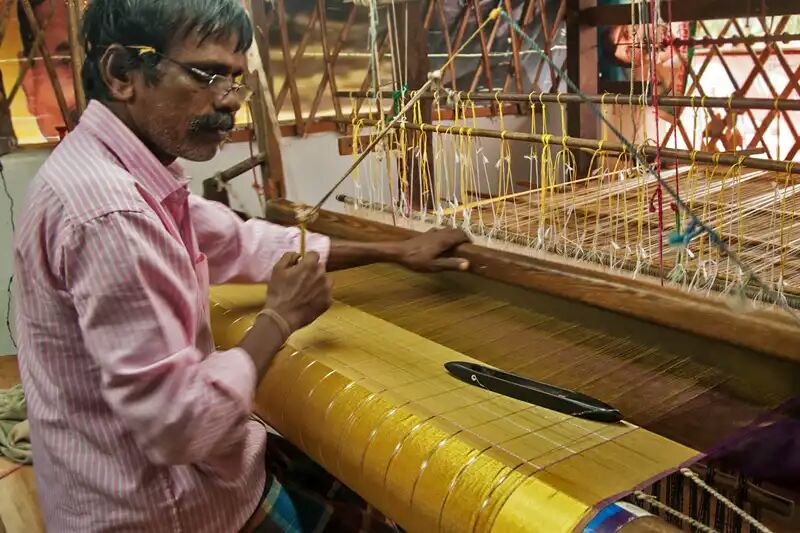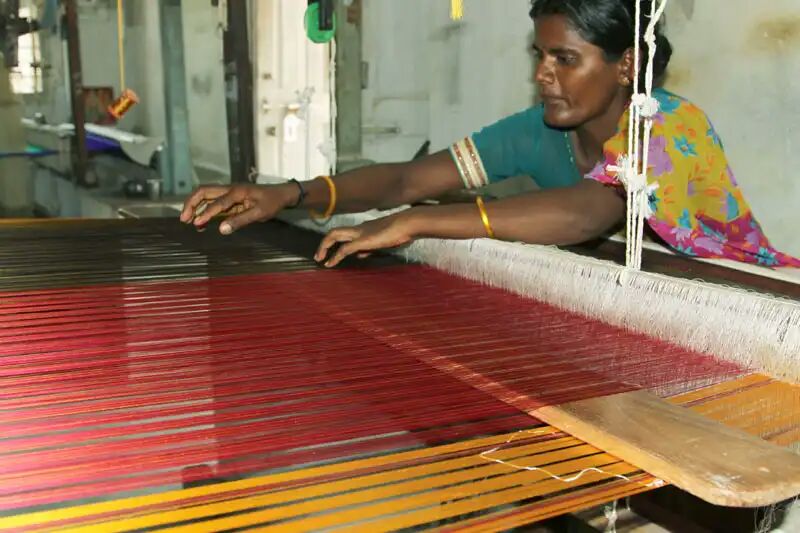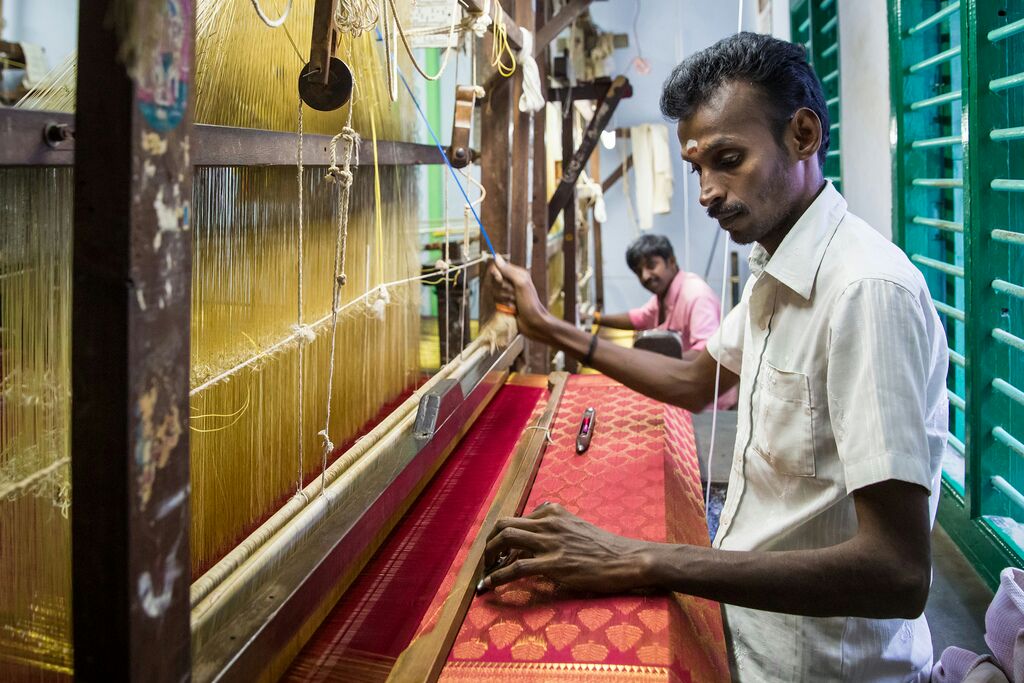Contribute
| Indian Villages And BharatSthali Handloom Fabrics: A Befitting Reply To Fast Fashion And Ecological Damages |
Pulkit Gogna
07/25/2019
Indian
Villages and BharatSthali Handloom fabrics: A befitting reply to fast fashion
and ecological damages This article is a
300-seconds read and by the time, you finish reading it, the equivalent of
300-garbage textile trucks would be burnt or pushed into a landfill- to lie
there for maybe an eternity. Have you ever
wondered where your clothes or shoes go once you have discarded them? If they
aren’t recycled or used up by a charity, they end up in landfills. Lying there,
waiting endlessly to be degenerated and find a way to redemption. And if it is
a synthetic man-made fibre like polyester (looks like pure
silk fabric) –you won’t see its decomposition in
this lifetime. Deadly
Fashion The fashion
industry is the second most polluting industry globally. It
produces 20 per cent of wastewater and 10 per cent of carbon emission on a
global level. To give you some perspective, this is more than the carbon
emission of all International flights combined and maritime shipping. And your
annual clothing consumption- if you are like a global average consumer and wear
an outfit for less than a year- can roughly translate to the water required to
fill more than 1,000 bathtubs and carbon emission generated from driving a car
for over 6,000 miles. And as if this was
not enough, textile dyeing is the second largest water pollutant. Even if fast
fashion is being pushed as a convenient choice for today’s chaotic schedule,
but is it, really? Synthetic fibres like polyester, rayon and viscose are
treated with over 2,000 chemicals to give fabrics their much-coveted “USPsâ€
such as wrinkle-free, non-iron and stain-repellant. Besides, polyester and
other synthetic fabrics don’t absorb sweat, resulting in skin issues and
breakouts. A pair of denim, which is a wardrobe staple and classic choice for
all year round, requires around 2,000 gallons of water. The Love of
Handloom Are fashion trends
worth risking the survival of the human race, especially when we have an answer
readily available in our villages? Mahatma Gandhi once said, “The soul of India
resides in villages.†And maybe he was right because, with our villages and
their history of boastful indigenous handloom fabrics, we can counter this
epidemic and pave the way for the world. While sustainable
fashion is in the nascent stage for A-list fashion brands, our ideology has
never been the take-make-waste. The throwaway and cradle-to-grave concept was
never our style. India has the legacy of staying connected to its roots. We
don’t seek out Earth as a planet but as a Mother. So we produce pure natural silk
fabric. Our villages might
be nondescript, a coloured yet flat landscape, but each one of them is an
ecosystem that all of us needs to adapt if we want our kids to grow in a
healthier and cleaner India. The harmony with technology might be missing but
the rhythmic coordination of their hand and feet on the loom is hard to
miss. Using natural dyes obtained from
the trees, pomegranate, indigo, henna, turmeric and mud, they create beautiful
patterns that are inspired by the lifelong traditions. This labour-intensive
and intricate process brings you the sweet fruit that stands out for its beauty
and exclusivity. Each handloom bears the testimony to the magic of human touch
that brings life to your outfit and your occasions! India has villages
dedicated to the silk fabric weaving community and the villages being named
after the weaves. Nalgonda, Bhujodi, Pollachi, Madhuban, Banaras, Kanchipuram
and Ajrakhpur- these are a few tiny dots on the map that are making a global
impact and struggling to stay relevant for the modern world while facing debts,
distress and decline in demand. What you can
do? It is time to
negate the impact of fashion on the environment. Choose handloom and encourage
others to wear it! The skin will thank you and your carbon footprints will
reduce considerably!
You may also access this article through our web-site http://www.lokvani.com/


